Sad news: The greatest of Bach harpsichordists has died
mainWe have been informed of the death of Zuzana Růžičková, renowned the world over for her interpretations of Bach and revered by generations of students. Zuzana died early this afternoon in a Prague hospital at the age of 90.
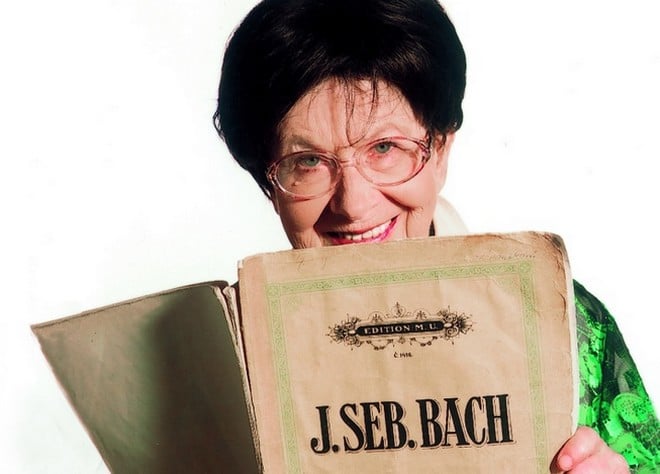
A survivor of the Terezin, Auschwitz and Bergen-Belsen death camps, she returned to Prague after the war and became the moral conscience of its musical life. Like her husband, the composer Viktor Kalabis, she never joined the Communist Party.
Bach, her refuge from the Nazi horrors, became her haven under Communist tyranny.
She lived quietly in Prague, true to her own lights. In the 1970s she was allowed to record for a western label, Erato, recordings which have recently been reissued by Warner.
The world has lost a great musician, a great teacher, a magnificent human being.
May her soul rest with the immortals.

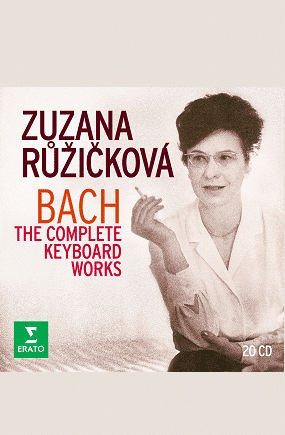
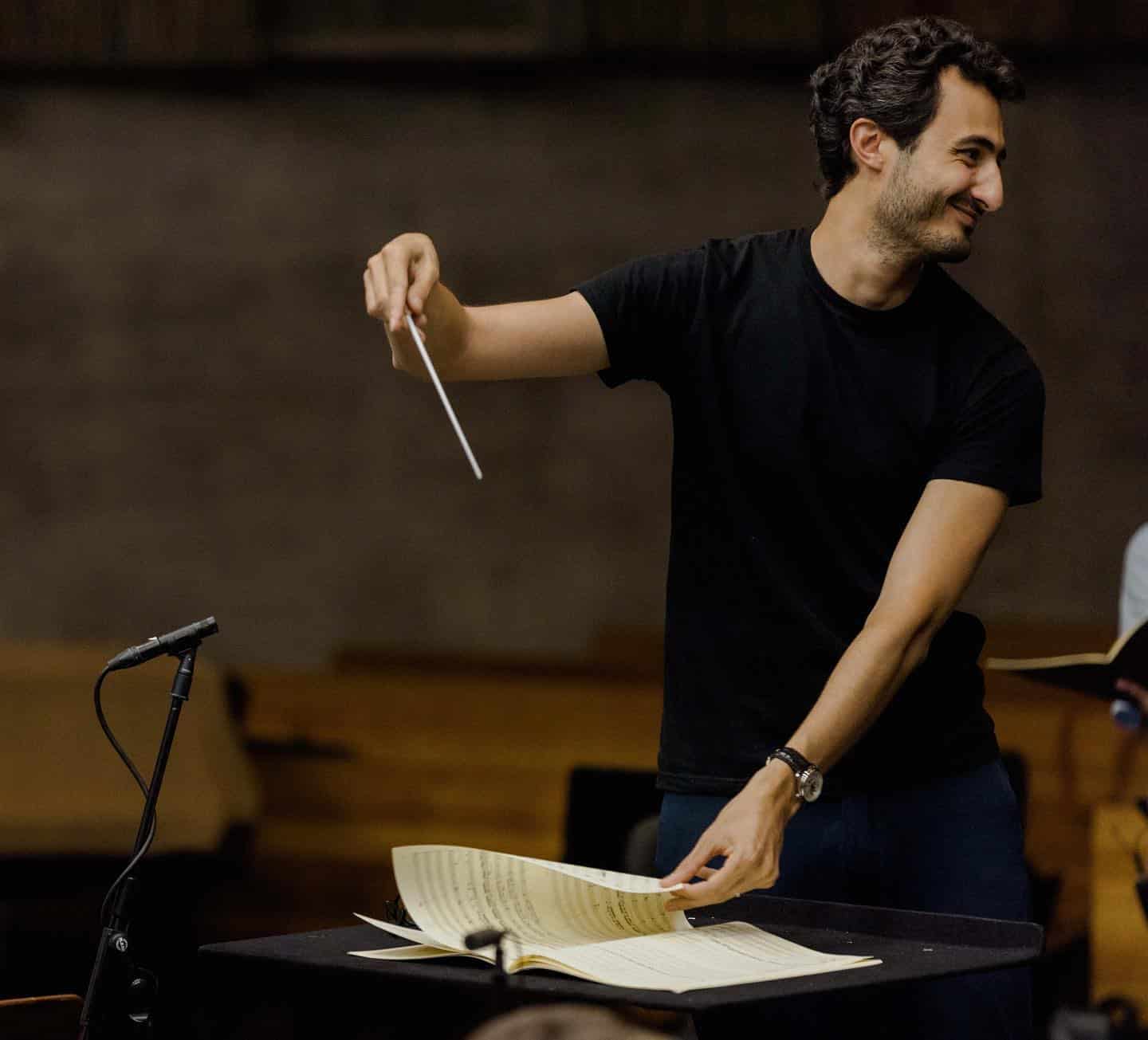
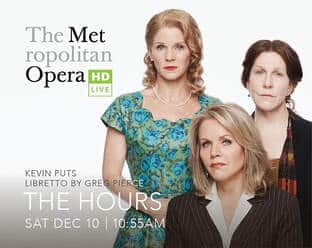
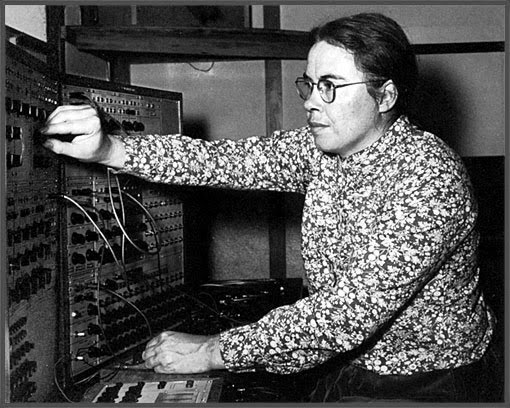
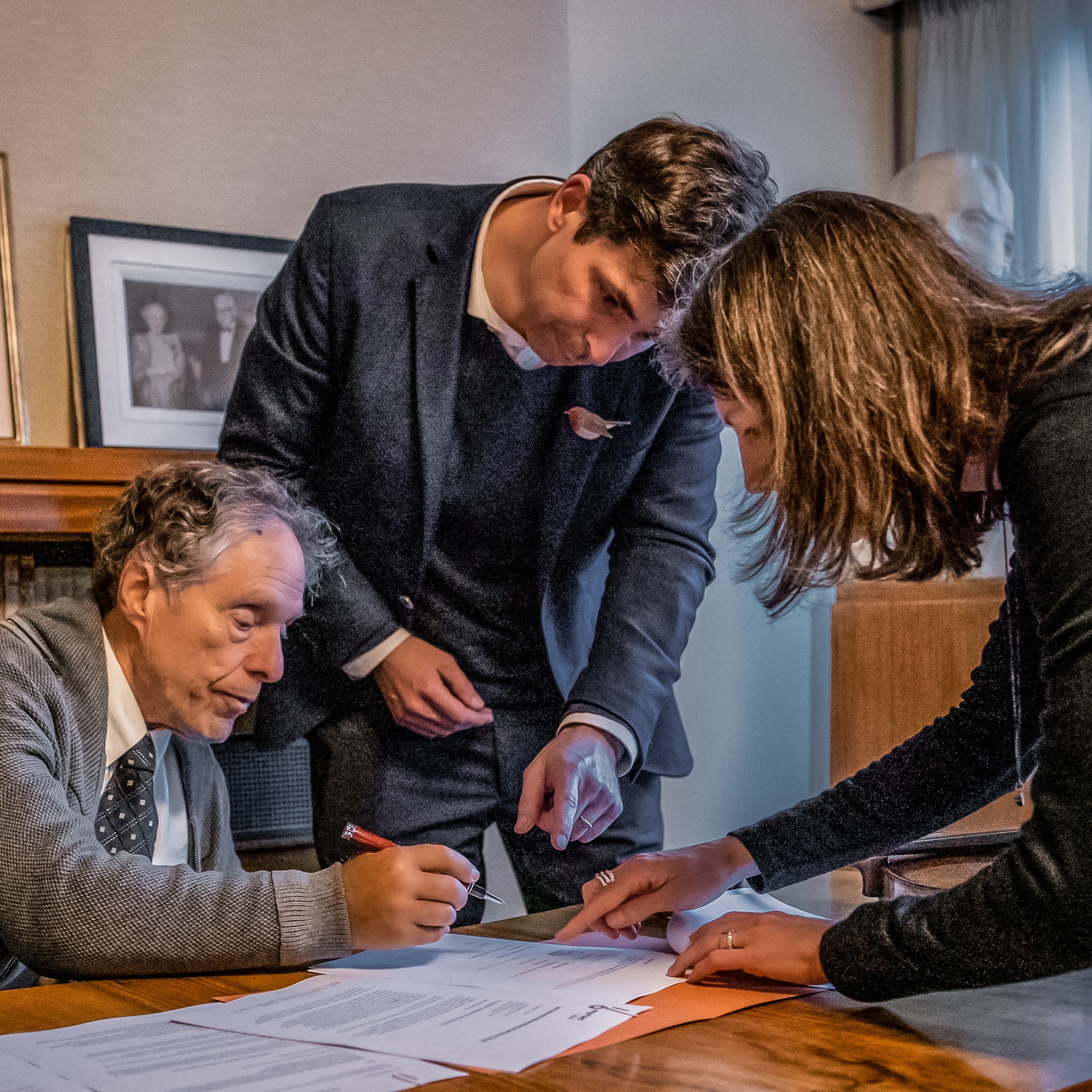
Sad news. R.I.P.
https://operaplus.cz/zemrela-prvni-dama-cembala-zuzana-ruzickova/
May her memory be a blessing.
Norman, the name of the “Western Label” is Erato ! And Erato is now a Label of Warner.
A truly great musician and immensely inspiring in so many ways.
https://www.youtube.com/watch?v=cyma_rCjubg
She was an extraordinary lady. I am deeply sorry to learn of her passing.
It astounds me that witnesses to such unspeakable inhumanity can turn that experience into such gifts of insight and beauty for the rest of us. It is sad that she is gone, but hopefully to a better place.
She wasn’t a “witness;” she was a victim!
I had a couple of her performances on LPs back in the early 70s. Wonderful performer.
That may be, however to claim she was the greatest Bach cembalo player is chancing it. That honour goes to Gustav Leonhardt, who disliked replica instruments with nylon plectra! He used to shoot crows for their quills as JSB did!
That honor definitely doesn’t go to the cold, contemptible, conservative Dutchman. Not in a million years, except to the self-righteous.
The wonderful thing about her—in contrast to Leonhardt—was that she was unafraid to trust in her own inimitable personality as an indispensable part of the performance. (As have such artists as Wanda Landowska, Ralph Kirkpatrick, Anthony Newman, and others.) Leonhardt often played everything correctly, with the correct instruments, but many of his performances are not particularly memorable, perhaps because his need for historical rectitude overruled the expression of feelings. It seems to me that more period instrument musicians might do well (at least) sometimes to trust their instincts IN SPITE of what can be gleaned from a historical investigation of an era’s performance practice. (I will not be following this thread further.)
Leonhardt’s recording legacy is far more impressive, I have never heard of her behind the iron curtain
Silbermann is correct, Leonhardt is by far the greater artist, not just because he was a harpichordist, and organist but because he embraced the entire early music revival and baroque Renaissance from the 1950s onwards, which influenced the revival in several countries, Austria, Germany, Holland, France and England, especially with his ensemble work with the Leonhardt Consort, collaboration with Alfred Deller in the music of William Byrd and Purcell, the Kuijkens and La Petite Bande and Harnoncourt, the latter led to those celebrated Bach Cantata recordings which won the Erasmus Prize in 1980, his recording legacy has left us with several landmark recordings for example St Mathew Passion, is a benchmark. In addition he inspired a whole new generation to continue to develop early music, Lars Ulrich Mortensen, Christopher Hogwood, Pierre Hantai, Andreas Staier,Gunnar Letbor, Trevor Pinnock, William Christie, Alan Curtis. By contrast Ruzikova stuck behind the Iron Curtain did not have the same influence, besides her instrument was like the one Landowska played, a bag of nails on a tin roof.
Norman wrote eloquently about these recordings, then unknown to me, towards the end of last year. At my nudging, my wife bought them for me for X-mas. I’ve been working my way through them ever since. Hers is the greatest argument ever made for the harpsichord. What color she gets from it. A sound where the very mechanics of the instrument are part of the musical texture, a percussive counterpoint. I’m nearly finished with the set, and now will listen with greater poignance. Thank you, Norman, for introducing these to me.